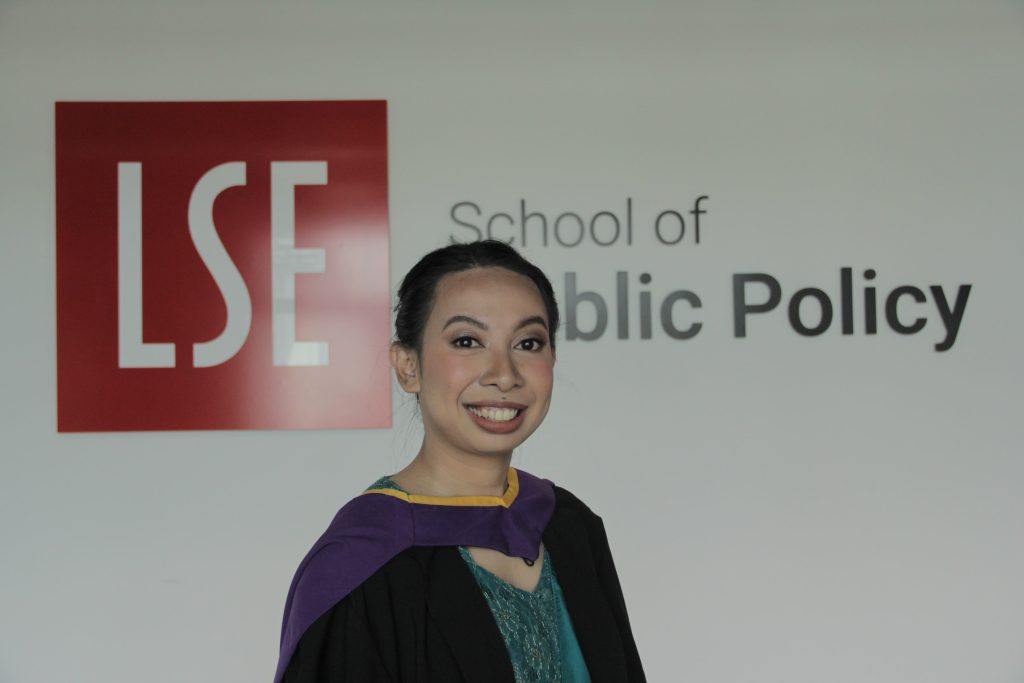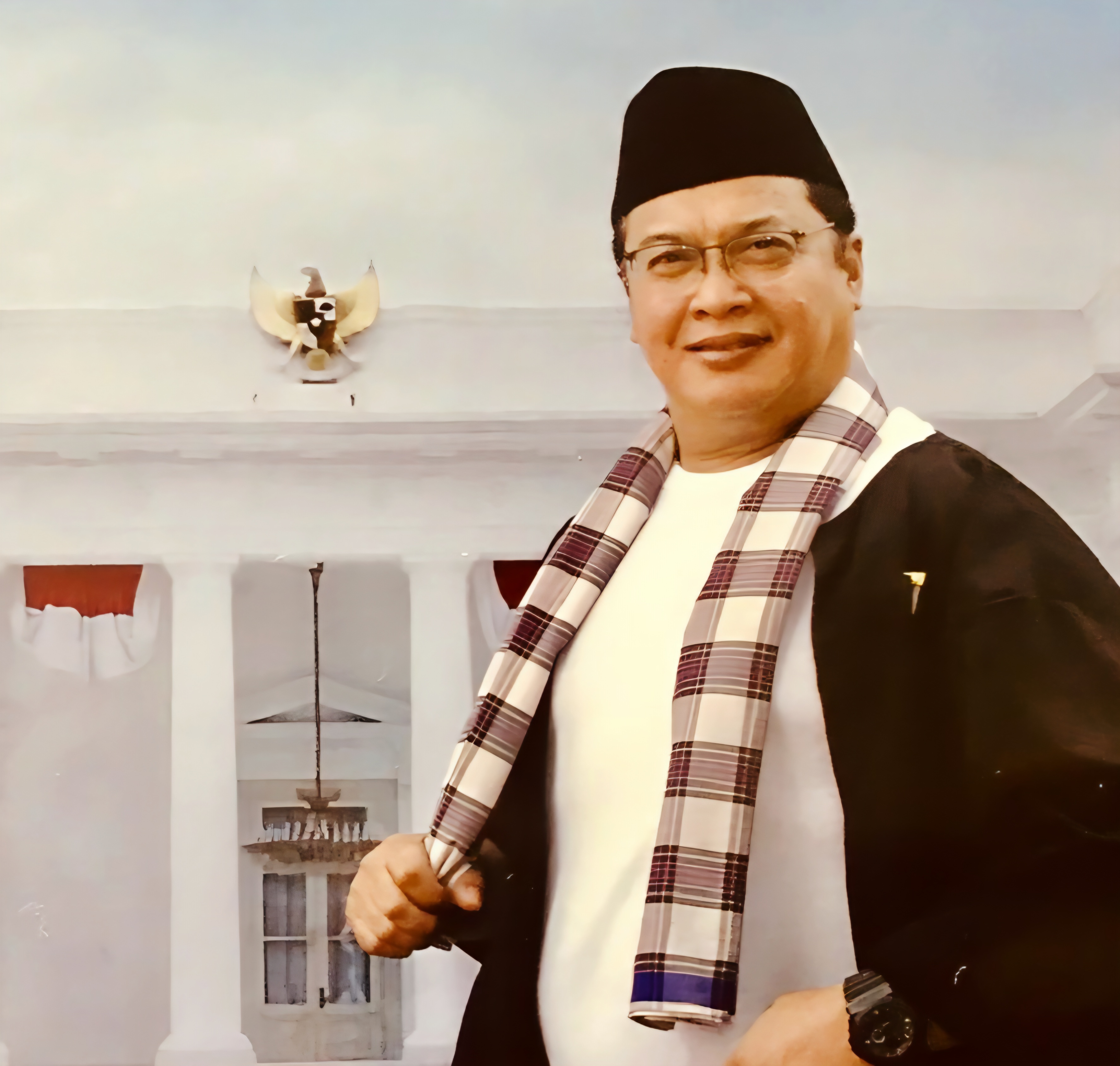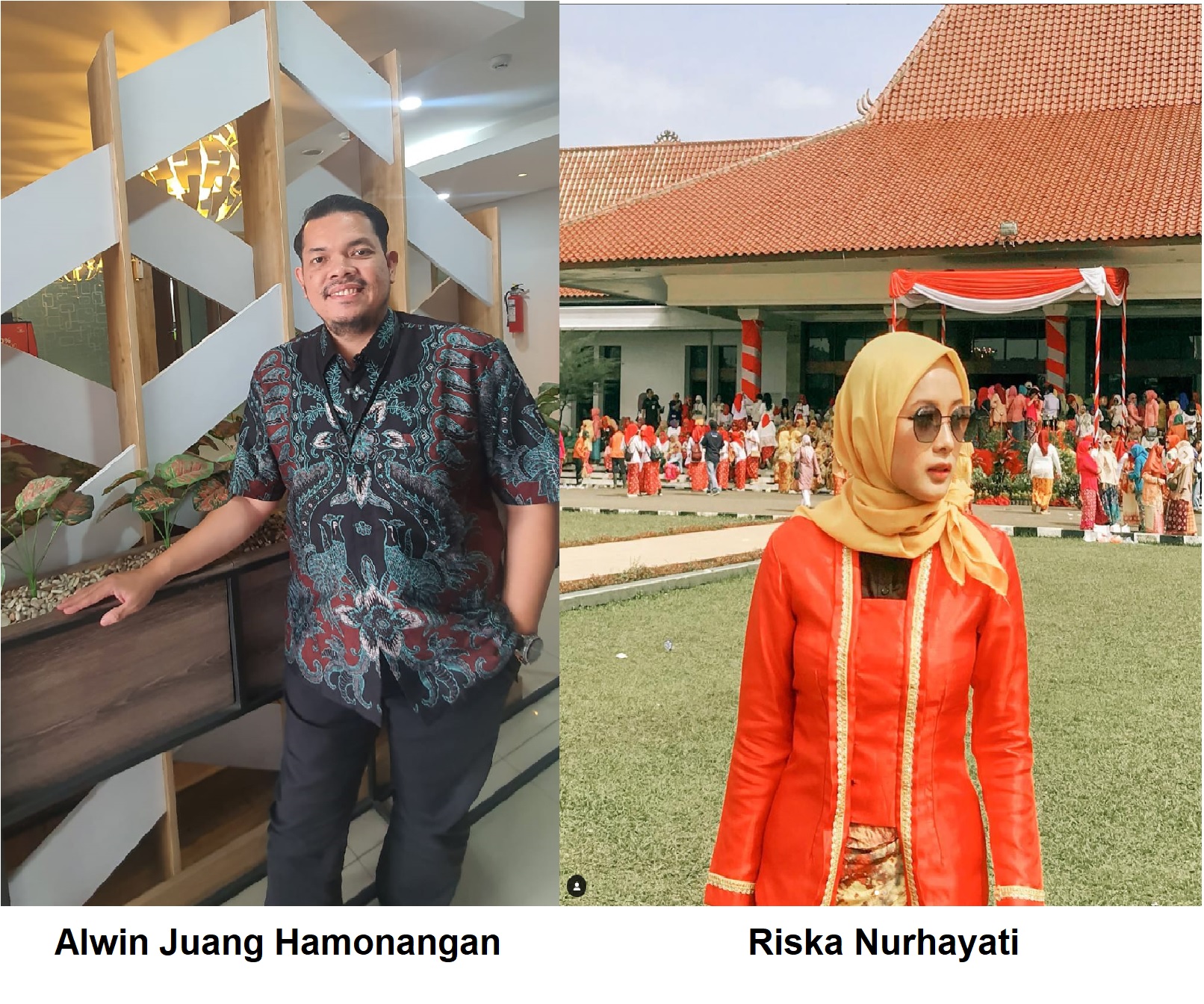A ‘futile’ mission to get the Jakarta to change overnight
 By: Hana R. Arimbi
By: Hana R. Arimbi
Air pollution in Jakarta has dire consequences for public health and climate. Experts warn that tiny pollutants can cause chronic inflammation and escalate the transmission of deadly diseases. Indonesia has almost 4 million flu cases yearly, with nearly 200,000 hospitalisations. Failure to address air quality will exacerbate the situation and lead to remarkably high costs.
On August 14th 2023, the President led a Cabinet meeting to discuss ways to improve air quality in Jakarta in the short, medium, and long term. The proposed solutions include implementing a work-from-home policy, using public transportation, enforcing stricter emission tests, monitoring industry and power plants, and addressing climate change. While working from home may not offer an immediate solution, it can safeguard vulnerable groups such as pregnant women and children. The government recommends using low or zero-emission modes of transport such as bicycles, electric vehicles, or public transportation. However, expecting every resident of Jakarta to change their behaviour may be an unrealistic goal.
The government’s objectives to encourage people to use public transportation instead of motorcycles or cars can be seen as a coordination game. An example is a payoff matrix showing a two-person game where they choose between private or public transport. In this scenario, the game’s objective is to decide which transportation to use for commuting. Simply put, two individuals have two options: either use their vehicle or rely on public transport. If one person chooses to drive their car or motorcycle, while the other opts for public transport, the former will benefit from shorter travel time, even during heavy traffic. For instance, my usual 13km commute takes an hour and a half with Transjakarta, but only a fraction of that time on a motorcycle. Moreover, there is no penalty for polluting the environment more, making it more advantageous for those using their vehicle. Therefore, if both individuals opt for using private vehicles, it can lead to congestion and poor air quality as emissions will be doubled, illustrated as a lower level of welfare, 3 points for each individual (left-bottom blue box).
On the other hand, if both individuals opt for public transportation, it can significantly reduce congestion and improve air quality, as shown in the higher level of welfare for society, illustrated as 9 points for each individual (upper-right blue box). Increased usage of public transportation can also encourage citizens to demand better services. Although using public transport is better for overall welfare, as each individual could end up with a higher level of welfare, some may still opt for private vehicles if they believe others will do the same.
Figure 1: Payoff Matrix Public vs. Private Transport
The current benefit of using public transportation is not enough to make it a viable option.
The optimal choice is public transportation, but individuals may select the private vehicle if they believe others will do the same (blue box).

When there are two viable options, the government must provide incentives encouraging people to use public transport to the point where there is no reason to switch back to personal vehicles. There are several ways to alter these incentives, such as:
1. Connectivity
In 2018, the World Bank reported that almost half of the commuters in the Indonesian metropolitan area spend over 60 minutes travelling daily. These workers travel more than 30 kilometres from their homes to their workplaces. Such a long journey is complex, even by a single mode of transportation, let alone by bike. According to 2022 data, while public transportation has coverage of 96.1% in Jakarta, only 26.2% of the outskirts are covered. Commuting by public transport can come with hidden costs, as the expense of getting to public transportation can often be more than the actual fare. To alleviate this, the government could offer incentives such as ample parking space and discounts for regular commuters who pay for parking or give subsidies for the first mile and last mile.
2. Convenient and Safety
Cars and motorcycles can take us directly to our destination without requiring us to walk from a station or shelter. Additionally, they offer safety since roads are designed for vehicle use. For instance, in East Jakarta, the south side of Perintis Kemerdekaan Street at the exit of Transjakarta’s Bermis Shelter needs a pavement. Pedestrians must compete with other vehicles on the road, which becomes even more challenging during the rainy season when the road is filled with puddles. Pedestrians must protect themselves from the rain and splashing vehicles. The crossing, built as a bridge above the street, prioritises cars over pedestrians. However, building pavements and crossing lines demonstrates a prioritisation of pedestrians who emit less than vehicles.
3. Capacity
Some public transportation options in Jakarta, such as Transjakarta buses, the Commuter Line, Mass Rapid Transport (MRT), and Light Rapid Transport (LRT), offer decent quality, regular cleaning, air conditioning, and protection from the heat outside. However, the capacity of these services needs an urgent increase. The crowded platforms and bus shelters indicate that the frequency of buses and trains needs improvement. This can be achieved by adding more fleets and clearing the lines, especially for buses. Since roads are non-excludable common goods, Transjakarta buses have to compete with other vehicles on their line. Traffic light modification could be an alternative to answer such a problem. It can prioritise buses, ensuring traffic-free routes and more reliable arrival and departure times.
The interventions mentioned above aim to improve the welfare of individuals. For instance, reducing the waiting time at bus stops and stations can decrease travel time and enhance the well-being of those who use public transportation. This increase in welfare could make public transport options more competitive with the convenience of private vehicles. Such interventions can change the payoff and make public transport a more feasible option, as shown in the blue box below.
Figure 2: Counterfactual Payoff Matrix Public vs. Private Transport
Cutting waiting time at bus stops and stations and improving travel time could benefit the game.
Changes in payoff could make public transport a more viable option (blue box).

These are just a few ideas to improve air quality in the transport sector, but a broader approach is necessary to make a significant difference. It’s vital for the government to address air pollution not only from the transportation sector but also from other areas. The Coordinating Minister for Maritime and Investment Affairs is taking the lead in this effort by emphasising the need to address pollution from transportation, industry, and electricity generation. A comprehensive approach will be taken, which includes monitoring air quality and involving communities, as well as upstream and downstream efforts.
==========
*) Government Officer at Cabinet Secretariat of the Republic of Indonesia








